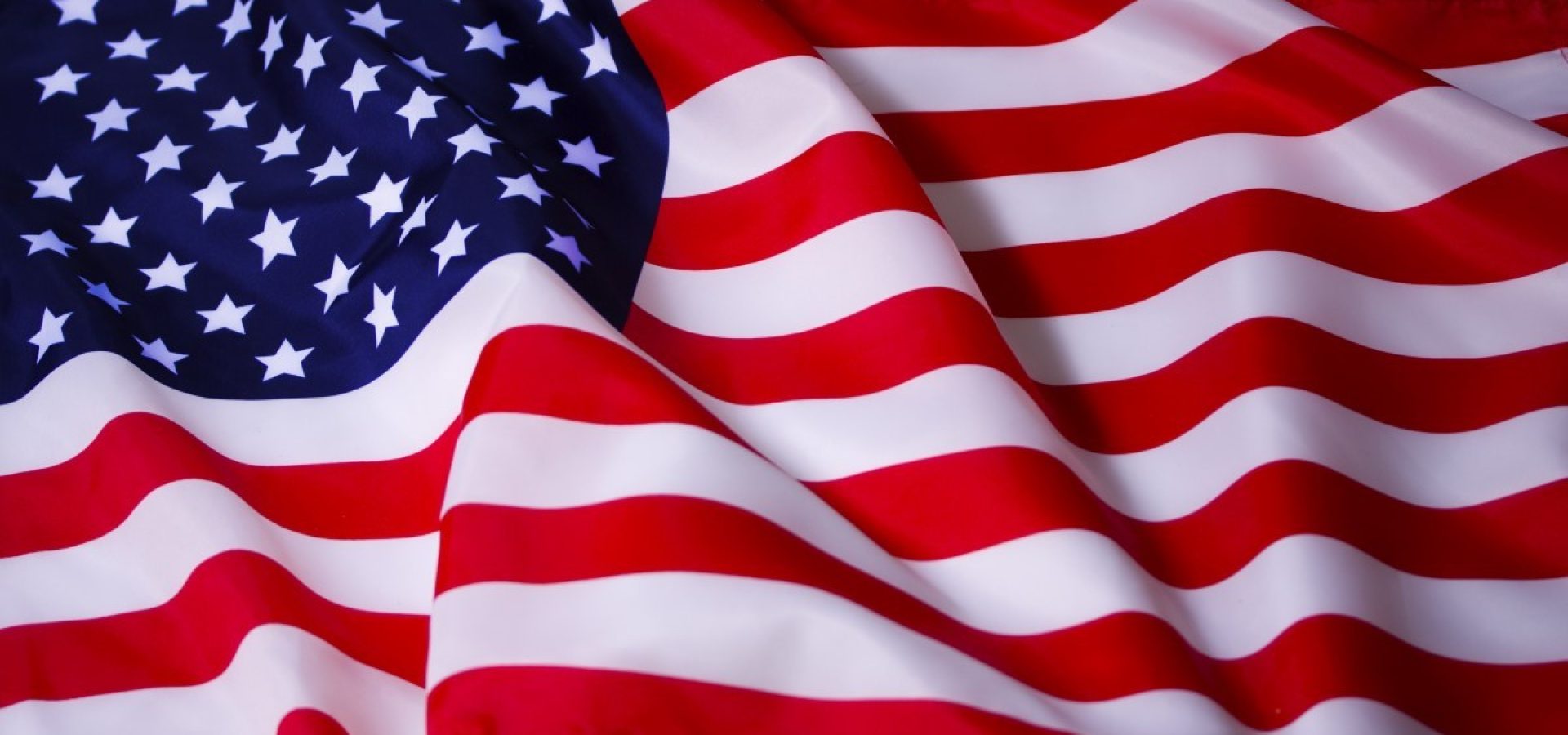President Joe Biden signed an interesting executive order on January 25, 2021. He kept his major campaign promise and signed a Made in America executive order. The title of the executive order signed in January is “Ensuring the Future Is Made in All of America by All of America’s Workers”, which imposes rules designed to force government agencies to increase the purchasing of goods made in the country.
So, let’s learn more about the executive order signed by Joe Biden. The Federal Trade Commission (FTC) plays an important role when it comes to enforcing Biden’s executive order. The commission must enforce the standard when it comes to products that claim U.S. origin. As a reminder, guidelines and rules are laid out in a 40-page FTC publication titled “Complying With the Made in the USA Standard”.
Interestingly, there are two types of Made in America claims. The first one is qualified and the second one is unqualified. Unqualified refers to a claim that the product is “all or virtually all” made in the country. On the contrary, a qualified claim acknowledges that the product is U.S. made, nonetheless, not entirely of domestic origin.
Difference between two types of Made in America claims
It makes sense to learn more about the difference between the two types of Made in America claims. In the case of an unqualified claim, the producer is claiming that the product is “all or virtually all Made in USA”. That means the product comes from any U.S. state, the District of Columbia, as well as all territories.
To understand the importance of an unqualified claim, it is desirable to have a look at how FTC defines the standard. First of all, all important parts, as well as processing that go into the product, must be of U.S. origin. There should also be no or a negligible amount of foreign content. The manufacturer needs “competent” as well as “reliable” evidence to back the claim. Furthermore, the process of final assembly or processing must take place in the U.S.
Let’s move on to the qualified ‘Made in America’ claim. A qualified claim must include an additional descriptive element or elements that make it clear the product is not completely made in the country using only American-made components.
The qualified standard can also include the phrase “Made in America”, “Made in USA”, or “Assembled in the USA”. It is not against the order to use phrases mentioned above, as long as the distinction is made between the product and one that is entirely made in the country. As in the case of an unqualified claim of origin, a qualified claim must be trustful.
‘Country of Origin’ legislation and its importance
When talking about the executive order signed by Biden, it is hard not to mention country of origin laws. Any attempts to label certain products “Made in USA” may be affected by laws that apply to those products. These laws, known as a country of origin laws, impose another check on producers or retailers who may try to circumvent the rules. It is worth noting that, if the country of origin is other than the U.S. the product can’t, by definition, be made in America.
For example, the Tariff Act of 1930, Section 304. requires that “unless excepted, every article of foreign origin (or its container) imported into the country shall be marked with its country of origin. Several other acts also impose restrictions. For instance, the Buy American Act of 1933 and the American Automobile Labeling Act.









COMMENTS